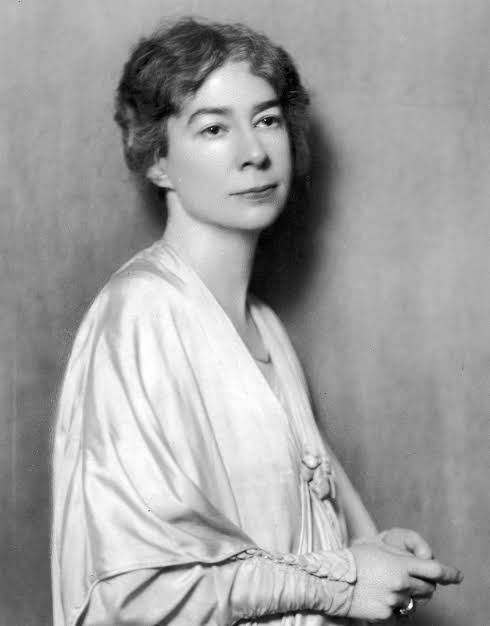Sara Teasdale: A Lyrical Journey through Beauty, Love, and Loss
Sara Teasdale: A Lyrical Journey through Beauty, Love, and Loss
Sara Teasdale, born into privilege in St. Louis, Missouri, emerged as a prominent figure in the early 20th-century American poetry scene. As a young woman, she ventured to Chicago, where she connected with literary luminaries like Harriet Monroe and immersed herself in the vibrant circle around Poetry magazine. Teasdale’s poetic oeuvre, spanning seven books, resonates with themes of beauty, love, and death, often mirroring the evolution of her own perspectives and experiences.
Sara Teasdale is included in the AZpoetry.com reposit of poets simply for her poem “Night In Arizona.” Sara met and became friends with Marion Cummings Stanley, a philosophy instructor at the University of Arizona, in 1908. Occasionally, Teasdale would spend winters in Tucson, which resulted in the composition of “Night In Arizona,” a lyrical poem that helped inspire and popularize American romanticism of the Arizona skies.
Teasdale’s early collections, including “Sonnets to Duse, and Other Poems” (1907) and “Helen of Troy, and Other Poems” (1911), showcased her well-crafted and lyrical style. “Rivers to the Sea” (1915) garnered public admiration for its joyous and unstudied songs, marking Teasdale as a poet capable of evoking profound emotions with musical language.
In 1914, Teasdale married Ernst Filsinger and relocated to the vibrant literary landscape of New York City in 1916. “Love Songs” (1917) became a landmark work, earning Teasdale the Columbia Poetry Prize, a precursor to the Pulitzer Prize for Poetry. Critics, while sometimes dismissive of her as “unsophisticated,” acknowledged her unparalleled ability as a singer of emotions.
Teasdale’s subsequent collections, including “Flame and Shadow” (1920), “Dark of the Moon” (1926), and “Stars To-Night” (1930), are regarded as the zenith of her poetic achievement. “Dark of the Moon” showcased Teasdale’s sensitivity to language, drawing praise for its exquisite refinement. The evolution of her philosophical and artistic maturity was evident in “Flame and Shadow,” where she grappled with life and death, revealing a profound growth in artistry.
Despite her successes, Teasdale’s personal life took a challenging turn. Her marriage to Filsinger ended in divorce in 1929, and she battled illness, leading to her semi-invalid state. Tragically, in 1933, Teasdale chose to end her own life.
Teasdale’s posthumous reputation has seen a reassessment. Scholars like Melissa Girard have highlighted neglected aspects of her work, including her poignant anti-war poetry from World War I. In the 21st century, her poetry continues to be revered for its simplicity, complexity, and enduring resonance. The legacy of Sara Teasdale lives on, an exploration of the human soul through the transformative power of her words.
Discover and learn more about poets and poetry from Arizona HERE.
